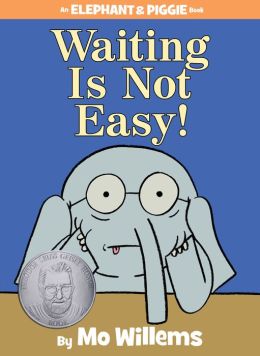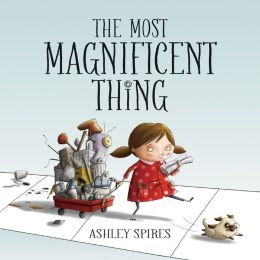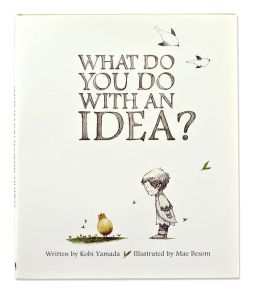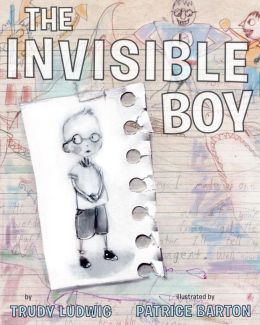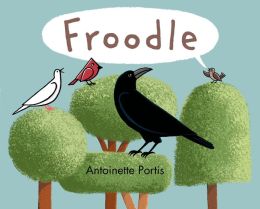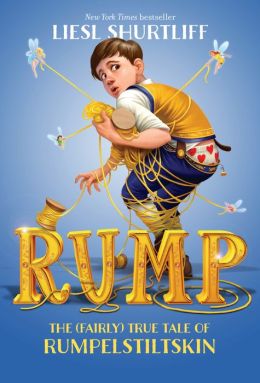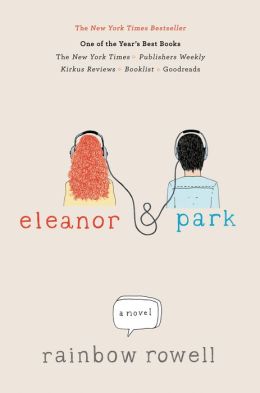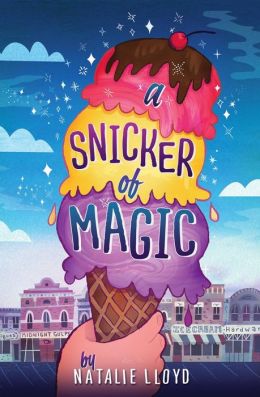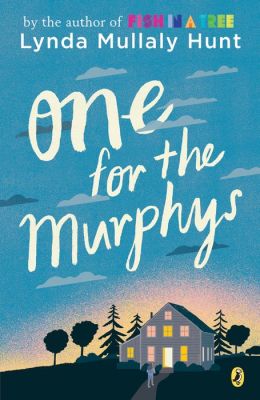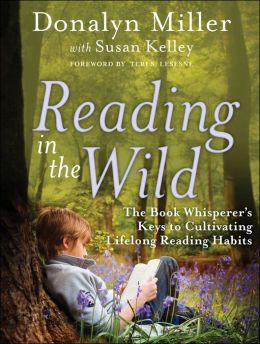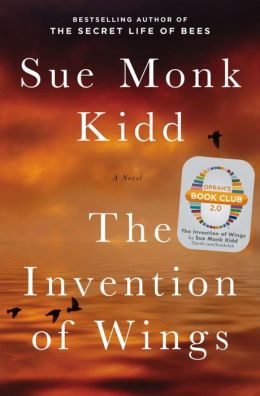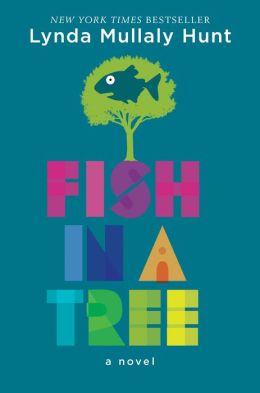The teacher is finishing her read aloud as I enter the room. The class is spellbound by the story as all eyes expectantly watch her as she turns the page. Glancing around the group, I quietly find a seat toward the back to listen to the story and conversation. The class pauses every now and then to talk about the questions they have as they read. The teacher closes the book and a discussion follows about the story.
The teacher then reminds students of their job today during reader’s workshop, “Think about the questions you have about your reading.” Lowering her voice, she adds, “Find those places where you wonder why something happened or what might happen next. Remember you can bring your questions back to share with the group at the end of our workshop,” she reminds her readers. "You can write your questions or put them on VoiceThread or on your blog if you'd like," she finishes. A chart rests on the easel with the class thinking about asking questions during reading.
Usually when I enter the room the students are already nestled into reading spots with a small stack of selected books for their independent reading time. There’s always a soft hum to the room as readers quietly enjoy their books. Today the lesson was running a bit late so I was able to see the moment the teacher set them up for the thinking they would be doing today in their workshop. The lesson was part of a growing conversation this class has been having about asking questions about their reading.
There will be conversations that follow to help students to refine their questions, think more deeply about books, and learn strategies to help them to grow as readers. By keeping her lesson before independent reading focused to her point, students now have a purpose as they go out into the classroom to read. Whether the teaching point is asking questions, noticing character action, finding the turning point in a story, making predictions, or holding the thinking required in chapter books, setting up a purpose for independent reading time helps to set students up to engage in meaningful work.
Considering Independent Reading
As teachers, we create elaborate systems so we can meet with small groups and individuals to differentiate instruction. Growing as readers requires more than small group instruction and conferences peppered across our learning day. It is necessary to consider what our readers are doing when they’re not sitting beside us. Students spend more time in our reading blocks away from us than beside us. How can we make this time more effective for readers?
Have a routine: Having a routine and structure for the time students are reading independently frees students to discover, think, and learn. During reader’s workshop, I find it best to start with a focus lesson, provide time for independent practice, and then end with time to share. During independent time students know they will choose books to read, find a spot for learning time, consider the focus lesson as they read, and be ready to share new understandings. Together as a community we determine the way the room will sound during this time (different groups have different preferences) and the way we will work. Across the year we build possibilities for thinking, talking, and responding to our reading.
Provide uninterrupted reading time: If we want students to grow as readers, they need to be reading. Instead of rotations or assigned tasks, I’ve found it best to provide students with blocks of time to read and consider the new strategies we are learning in our community. Developing readers need to read uninterrupted for extended periods of time to grow as readers. Supporting students as they learn to make book choices and begin to consider deeper ways of thinking can help readers to progress.
Set a purpose: Young readers are using the time given to practice and develop the new strategies we are learning in our communities. The focus lesson that begins the workshop, helps set a purpose for reading. Students learn to consider this new thinking as they are reading and bring back new questions and discoveries to the community during the workshop share at the end of the reading block.
Build possibility: Notice the ways students use their time. What are they reading? What have they been thinking about? How do they share their thinking with others? Have students share what they are doing, and demonstrate new possibilities, so learners have many ways to grow their thinking during independent learning opportunities. Across the year the options evolve providing students with a mental menu of options for developing their thinking and room to create new ways to share their questions, discoveries, and understandings.
Teach students to make strong book selections: The best book selections are not only those a student can read and think about, but those that help them to think more about the current study. If we’re talking about character and a student uses the entire workshop to read nonfiction, she/he has little opportunity to think about new learning and join our community conversation. Teaching students to make strong book selections evolves across the school year as new genres are introduced, new ways of thinking are considered, and deeper reading strategies are mastered. We talk a lot about balancing our reading choices so we have time to read what love and also set ourselves up for new learning. Students learn to stretch as readers into new territories.
Build student ownership: When students own the book choice, own the type of thinking they will do, own their learning goals, and own the way they will share this thinking with others, our role changes. We learn to listen, to notice new steps, and celebrate new understandings. We watch for next steps and help students to cross new bridges. We follow, coach, and work beside our readers.
In her book, Reading in the Wild: The Book Whisperer’s Keys to Cultivating Lifelong Reading Habits, Donalyn Miller reminds us, “Our true obligations regarding children’s literacy: fostering their capacity to lead literate lives.” Independent reading time gives children the space, support, and opportunity to create the habits of a reader while learning new ways to dig deeper into the understanding of the author’s message. What are children doing while we meet with readers and work with small groups? They’re taking new steps in a literate life.














